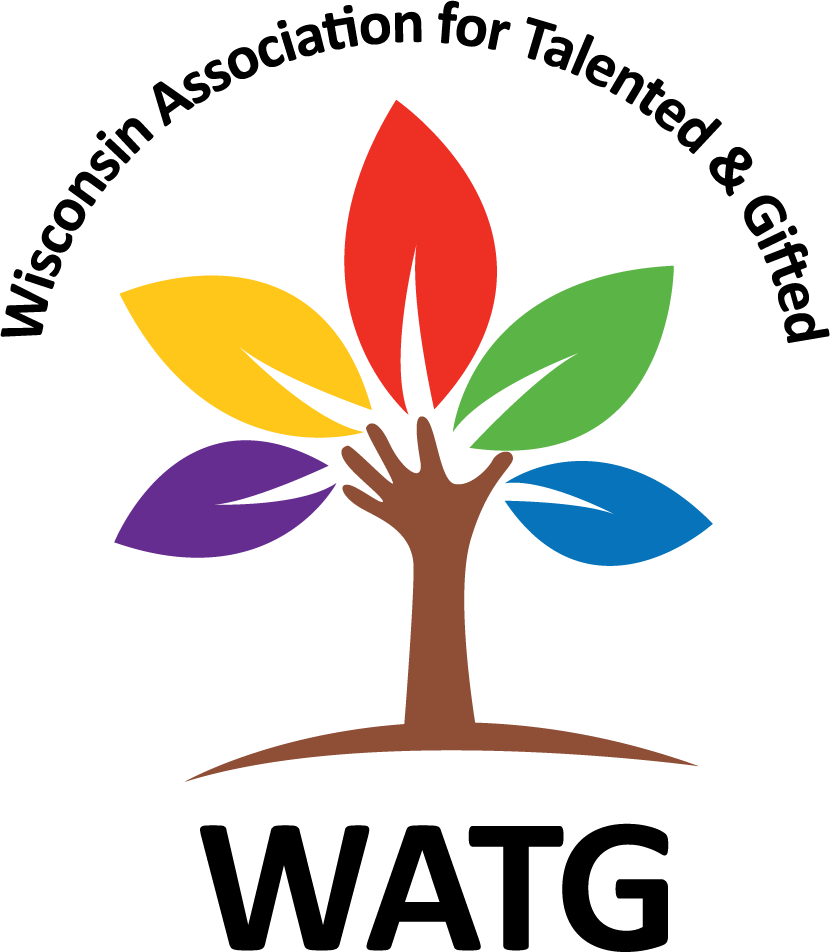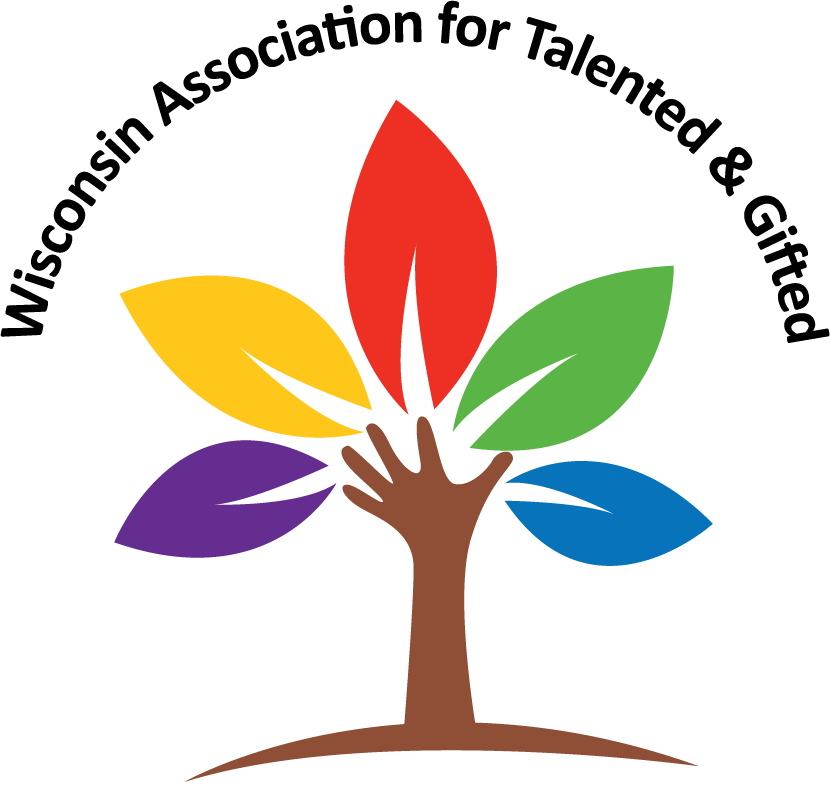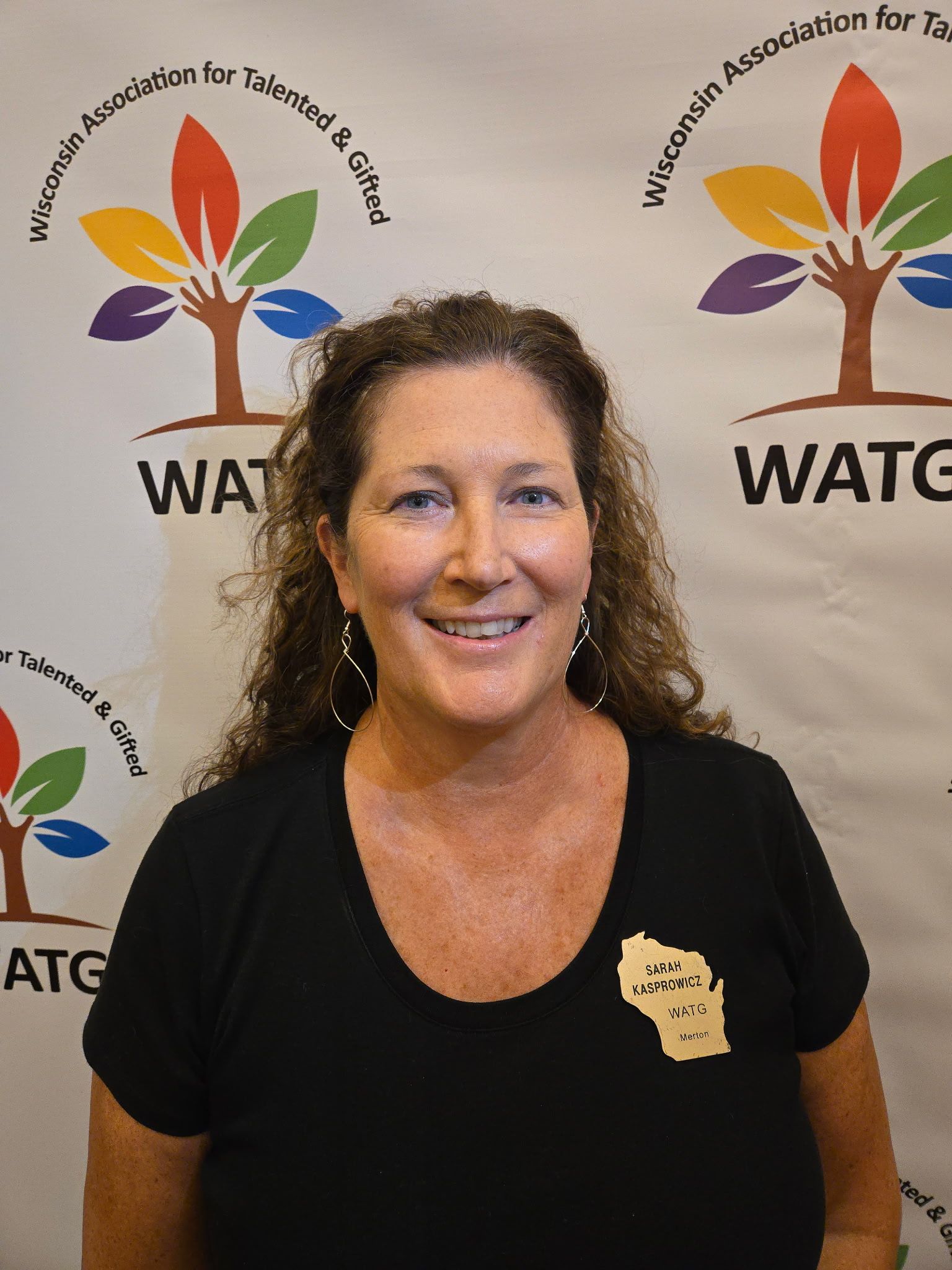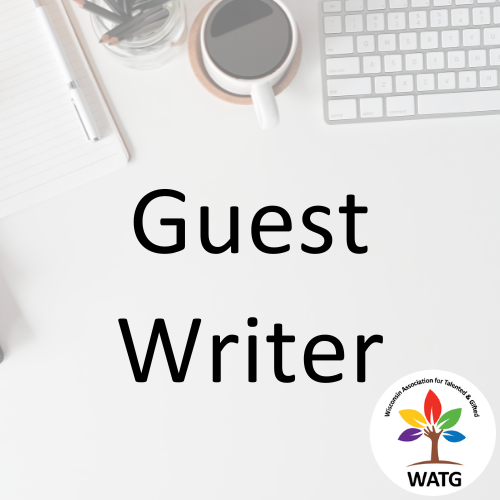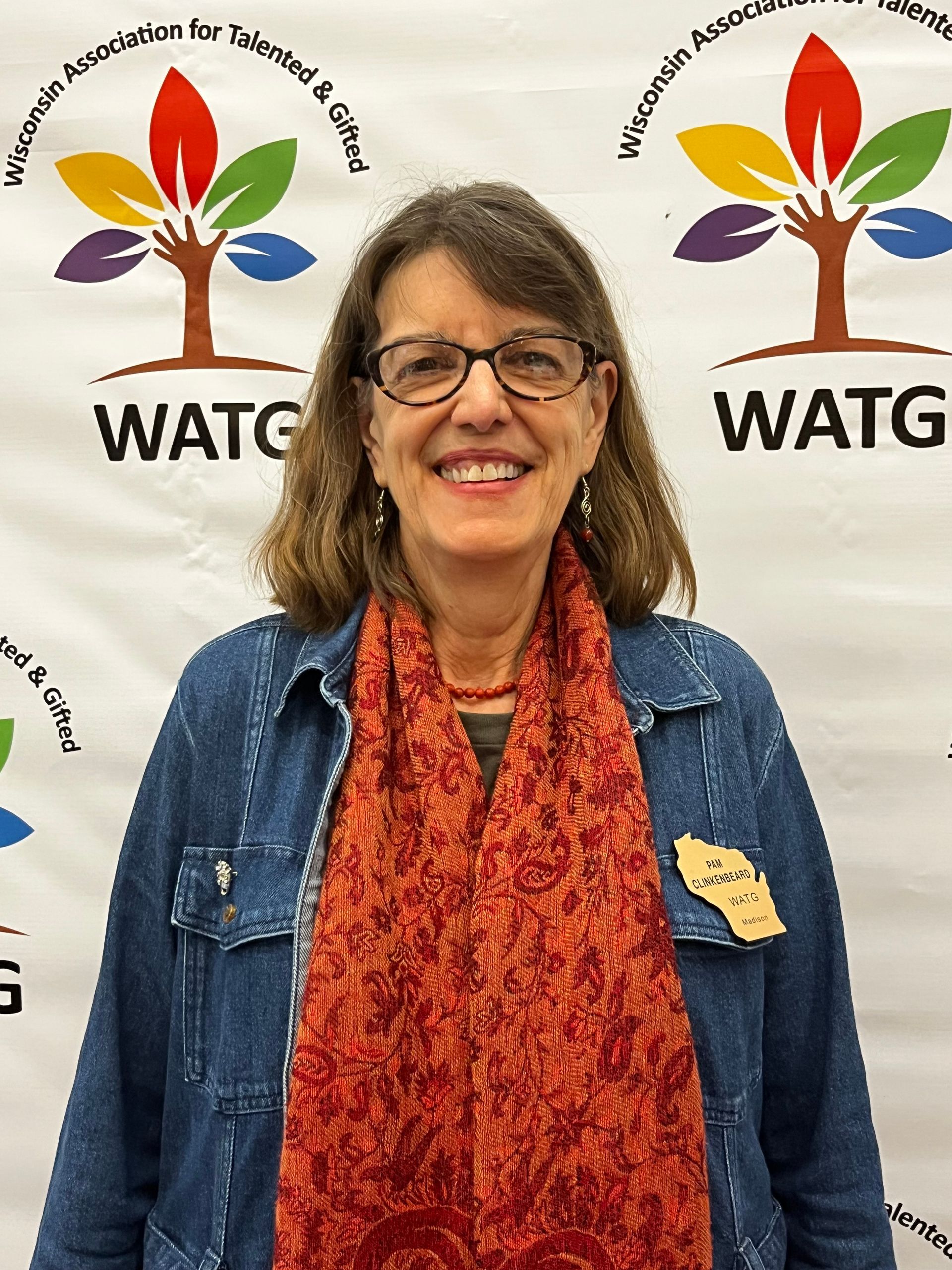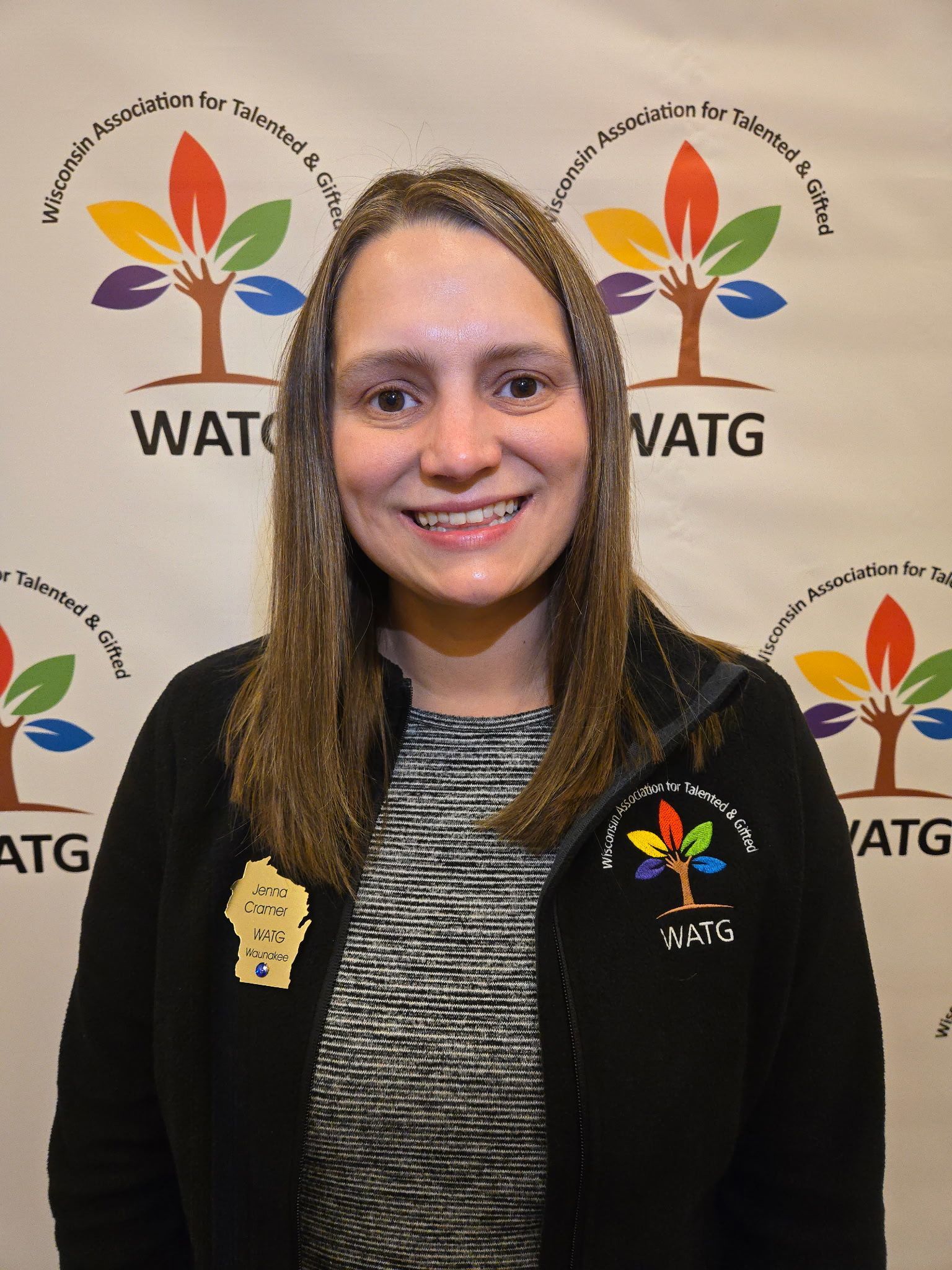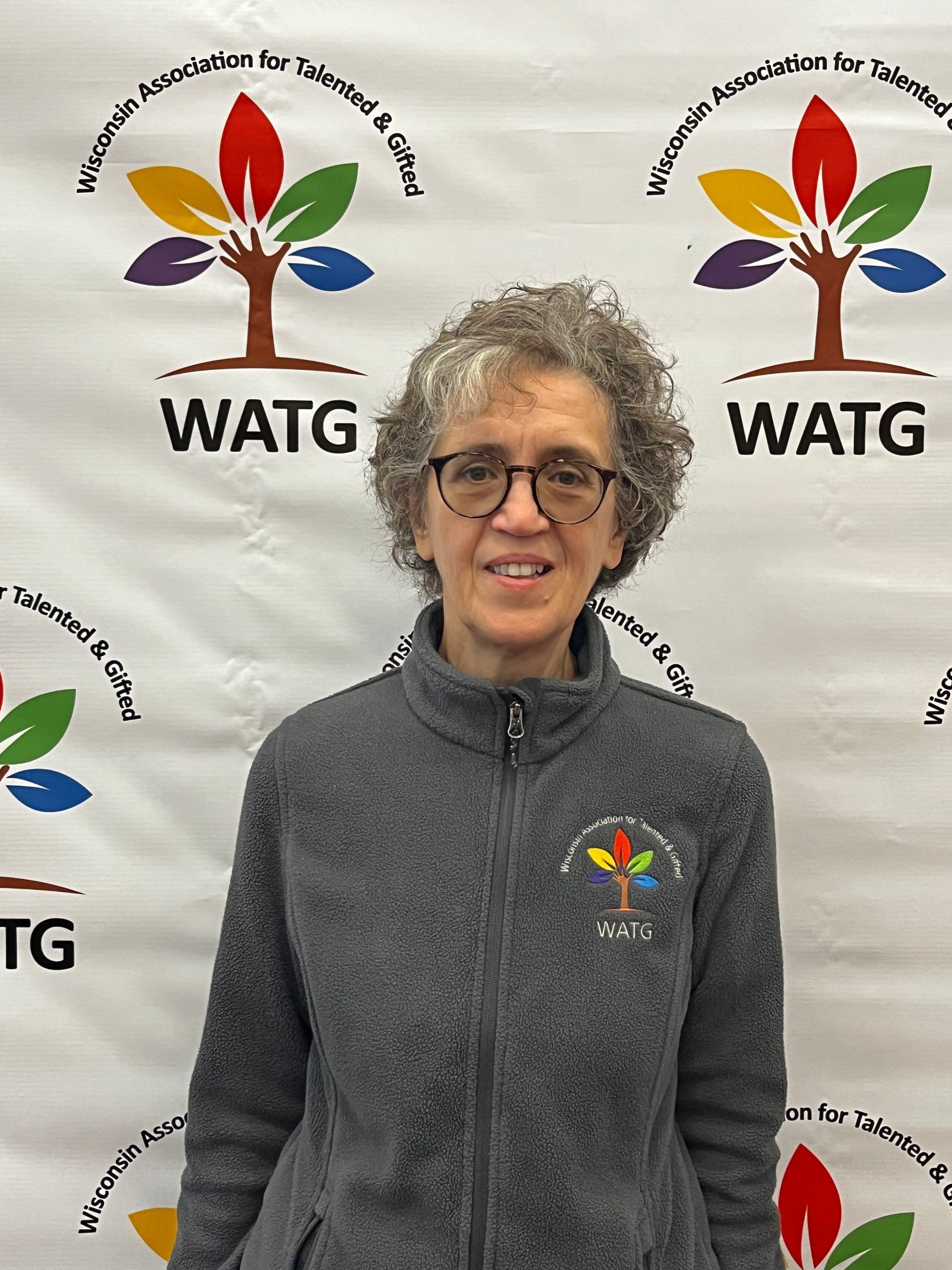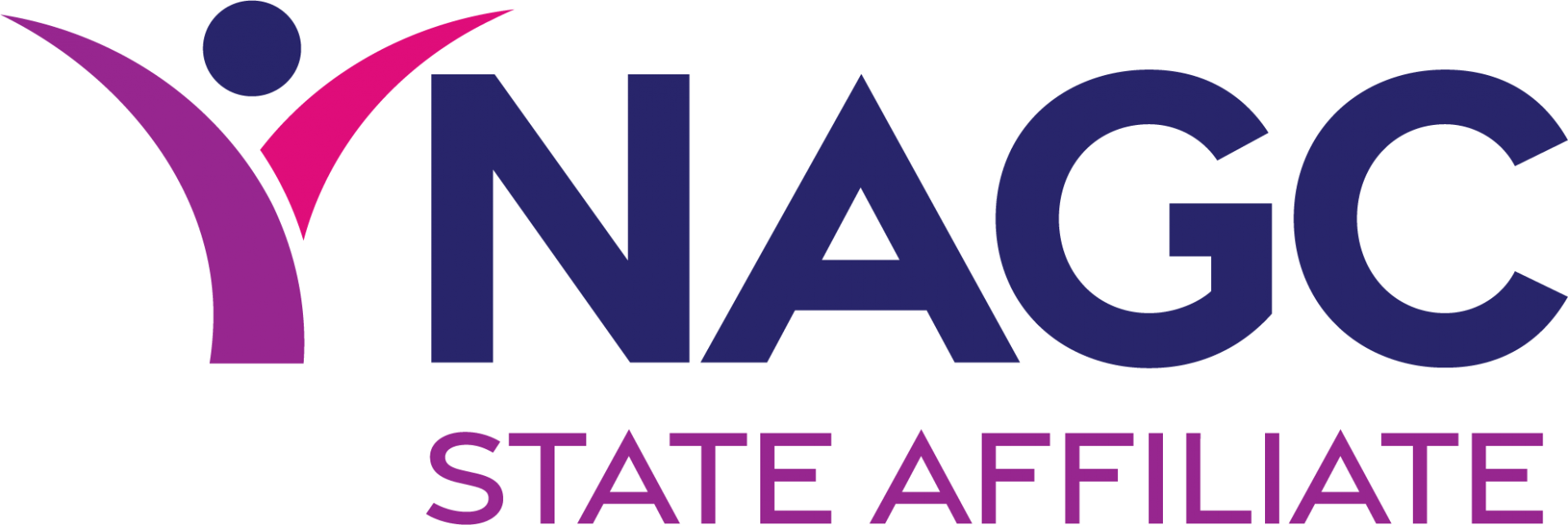Beyond the Class List
Ah, September! It is a time when teachers are still memorizing student names and have a cheerful spring in their step when firing up their SmartBoard! They are still bringing interesting and innovative lunches from home, instead of a bag of Fritos, six carrots, and a half empty bottle of lemonade like they start to do after Spring Break! During this fresh, exhilarating, (and exhausting) month of September, we spend most of our efforts getting to know our students so that their goals, needs, and strengths come into focus. With this knowledge, we nurture them towards growth.
But what happens when we realize that our shiny new class list contains several advanced students who may already know much of the year’s content? Where can teachers go to consult and collaborate with experts in gifted education? How can we assure that gifted kids, like all others, make significant learning progress during the school year?
In my experience, virtually all data analysis, content area meetings, and vertical team discussions focus on struggling learners, not on gifted students. When it comes to meeting the needs of gifted students, we are often on our own. But, there’s hope!
The WATG Fall Conference, October 6-7, 2025 at the Wilderness Conference Center in Wisconsin Dells, is an excellent place to meet other educators in our position, learn from experts, and network with colleagues. Meeting the needs of gifted students is not covered in our everyday professional development sessions, so when we are seeking ideas for advanced learners, we are many times on our own.
We guarantee that you will find answers and tools for challenging your advanced learners at the 2025 WATG Conference! Our jam-packed schedule has breakout sessions with experts who can give relevant and helpful advice. Our keynote speakers will share messages of hope and inspire us to double down and take the chance that our efforts to connect with and meet the needs of gifted students will pay off.
Here are just some of the topics that will be covered, and our speakers are always available and happy to answer your questions during and after their sessions.
- Overcoming Perfectionism
- AI in Education
- Twice Exceptional Learners (Gifted students with IEPs)
- Tools for Identifying Gifted Learners
- Mental Health and Wellness for Gifted Learners
- Recognizing Giftedness in Bilingual Contexts
- The Power of Making Mistakes
With such excellent and timely professional development awaiting you, please take a chance on our
Fall 2026 Gifted Education Conference! We promise that it will provide you with tools and strategies to enhance your teaching all year long!

